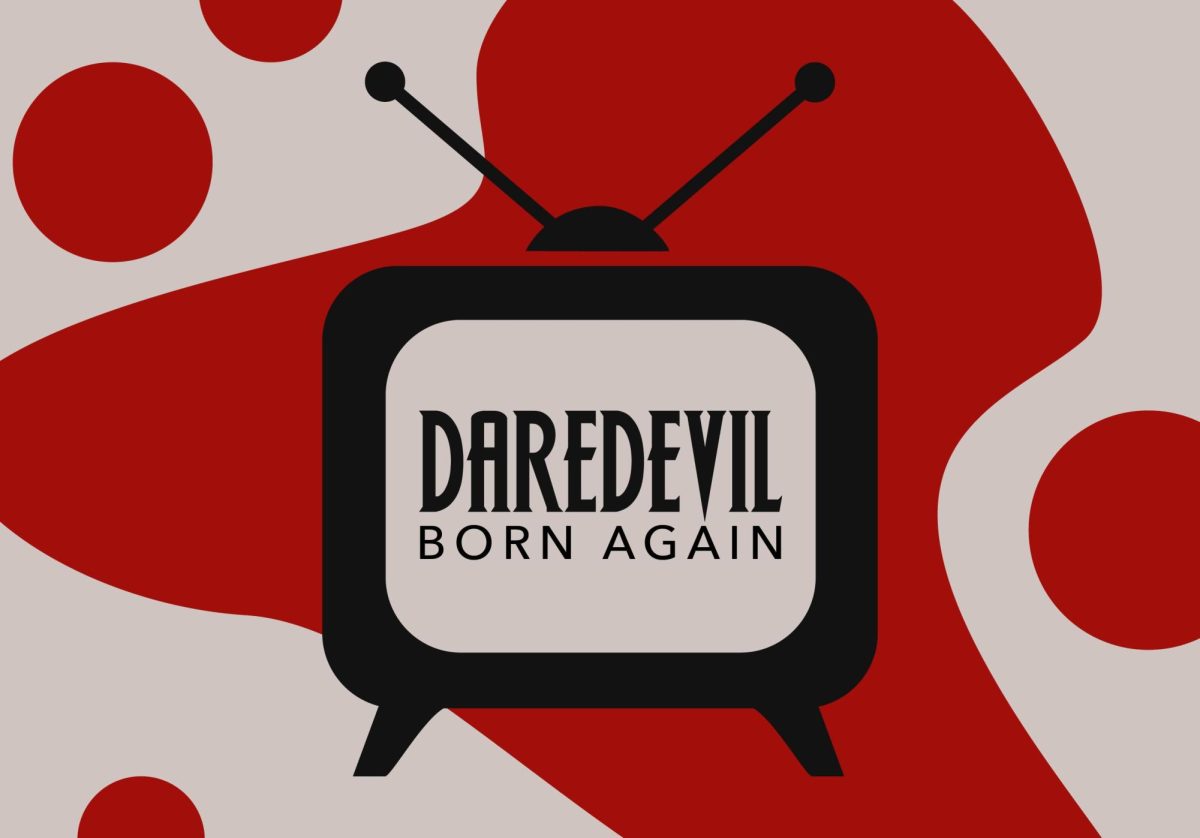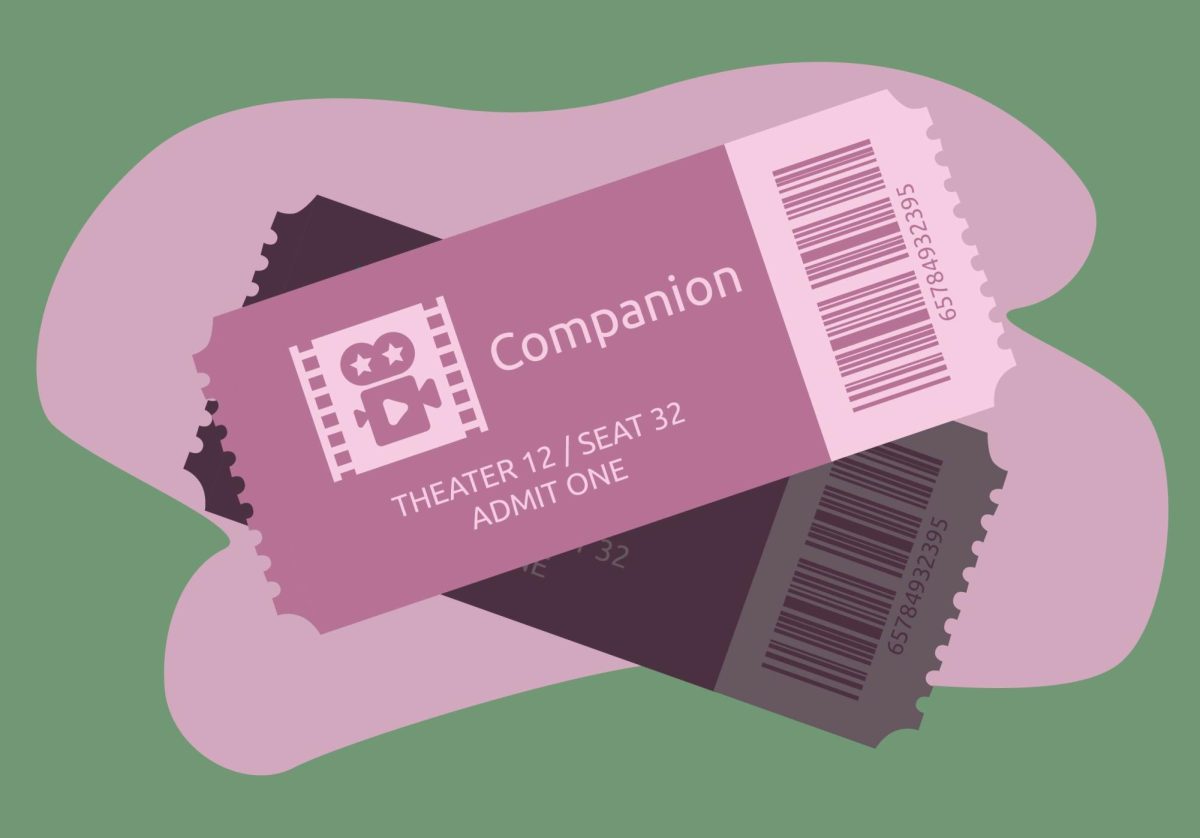It’s only fitting for a movie titled “Queer” to tell a queer love story in the least straightforward way possible.
Fresh off his sultry summer success “Challengers,” Luca Guadagnino plays fake-out with the audience, suggesting something similarly steamy with “Queer,” but delivering so much more.
On its face, “Queer” presents a story of American expatriates living in 1950s Mexico City embroiled in a cat-and-mouse situationship — a story first told by William S. Burroughs in his 1985 novel of the same name.
Before you know it, Daniel Craig is leading Drew Starkey through the jungle to drink ayahuasca, a psychoactive beverage, to achieve telepathy.
And that’s not even the strangest part of the movie.
“Queer” is a refreshing take on the adaptation, not only visualizing the novel but doing so through wild experimentation and surrealism.
Daniel Craig delivers raw, queer realness as the closed-off but deeply lonely William Lee, an older gay man living mostly among people younger than him. Donning a gray fedora, sunglasses and a white suit, Lee’s nights consist of throwing back shots of tequila, smoking cigarettes and trying to pick up men who will temporarily fill the void.
Guadagnino hits the audience over the head with queer narrative tropes and stereotypes in the beginning. After leaving a business deal, the two men Lee leaves behind whisper about how he’s always trying to get guys in bed.
The next scene is a continuous slow-motion shot of Lee walking through a chaotic nighttime street with Nirvana’s “Come As You Are” playing in the background.
At the climax of the scene, Lee locks eyes across a cockfight with Eugene Allerton, played by Starkey, and is immediately smitten with the younger man.
The next day, sitting with friends at their usual restaurant, Lee asks his friend Joe if he thinks Eugene is queer.
Joe tells him he could always just ask, but Lee refuses incredulously. The antics begin from there.
Eugene beats Lee at his own game, revealing little about himself in the few instances he does speak. Lee’s loud humor meant to entertain Eugene constantly falls flat, creating scenes that are almost painful to watch.
What little detail is shared about each character also creates confusion. It took about half an hour of watching to know what Eugene’s name was.
Eugene allows Lee to seduce him, but still doesn’t reveal his sexuality and lets Lee see him hanging out with a woman.
During intimacy scenes, what starts with moments of tenderness turns into disjointed imagery set to Trent Reznor’s unsettling, cacophonous score, leading us to question just how authentic Lee and Eugene’s connection is.
It’s bitterly humorous to watch Lee invite Eugene on a trip to South America and take him to a reclusive botanist to trip on ayahuasca to achieve telepathy before asking Eugene anything about himself.
During their trip, Eugene tells Lee via telepathy, “I’m not queer.” His figure starts to appear transparent.
Lee says he knows, also starting to fade, but then Eugene finishes his sentence — “I’m disembodied.”
The phrase is a striking metaphor that equates queerness with true, physical existence. “Queer” as a film is so chock-full of metaphors that captivate you just as easily as they fly over your head.
If the summer was for the sultry, energizing polyamorous romp that “Challengers” gave us, then winter is for the mind-bending interrogation of identity that is “Queer.”
Though queerness has become more prevalent in the media, many queer stories are preoccupied with sex, exchanging in-depth exploration of their characters for heart-wrenching romances we’ve all seen before.
While gay sex is certainly titillating, “Queer” reminds us that queer is another word for strange.
True queerness is beyond sex. It’s beyond situationships that forbid communication. It’s beyond ayahuasca trips in the jungle.
You will leave “Queer” utterly confused, completely blown away or somewhere in between. What’s certain is that it will not be what you expect.














